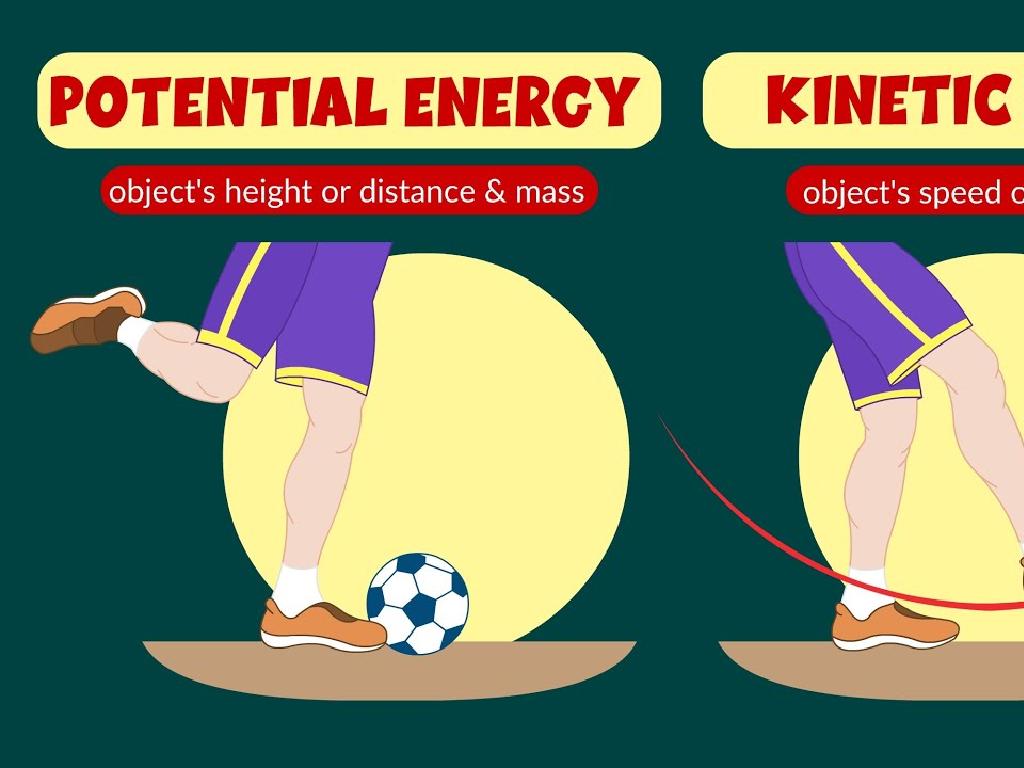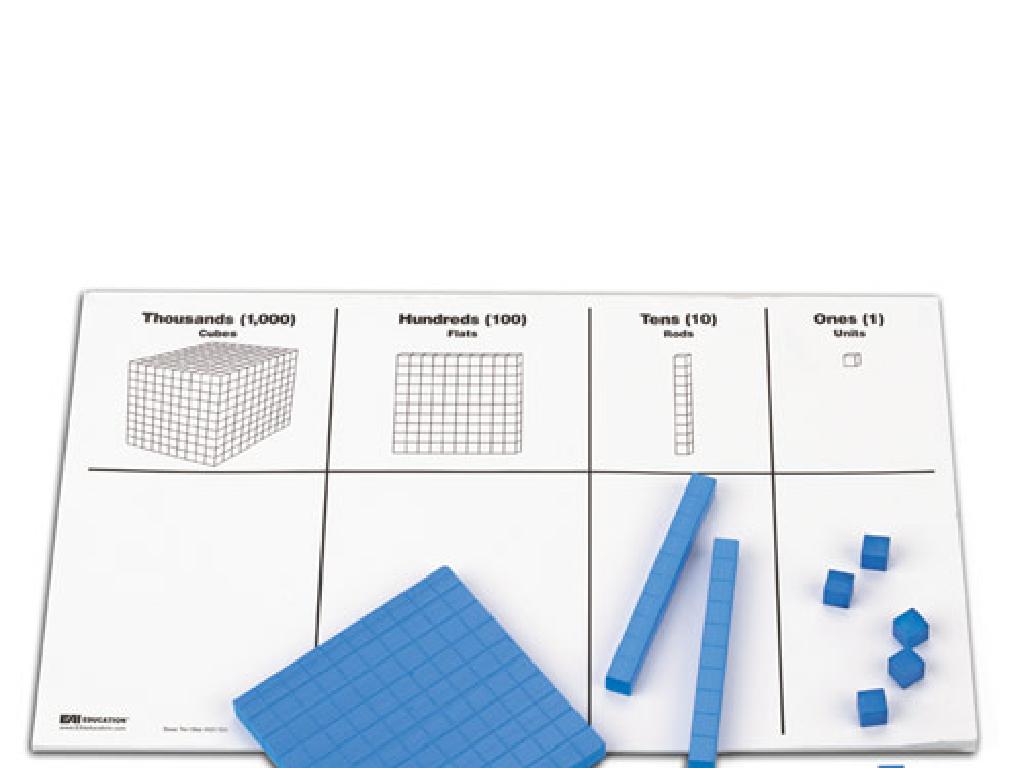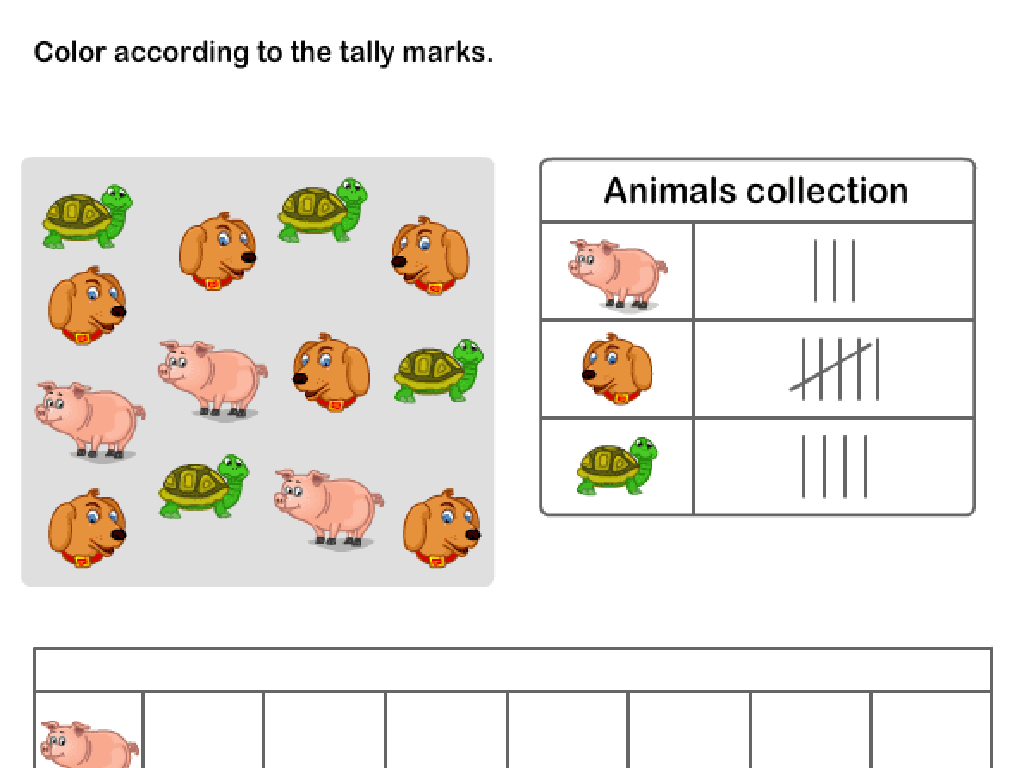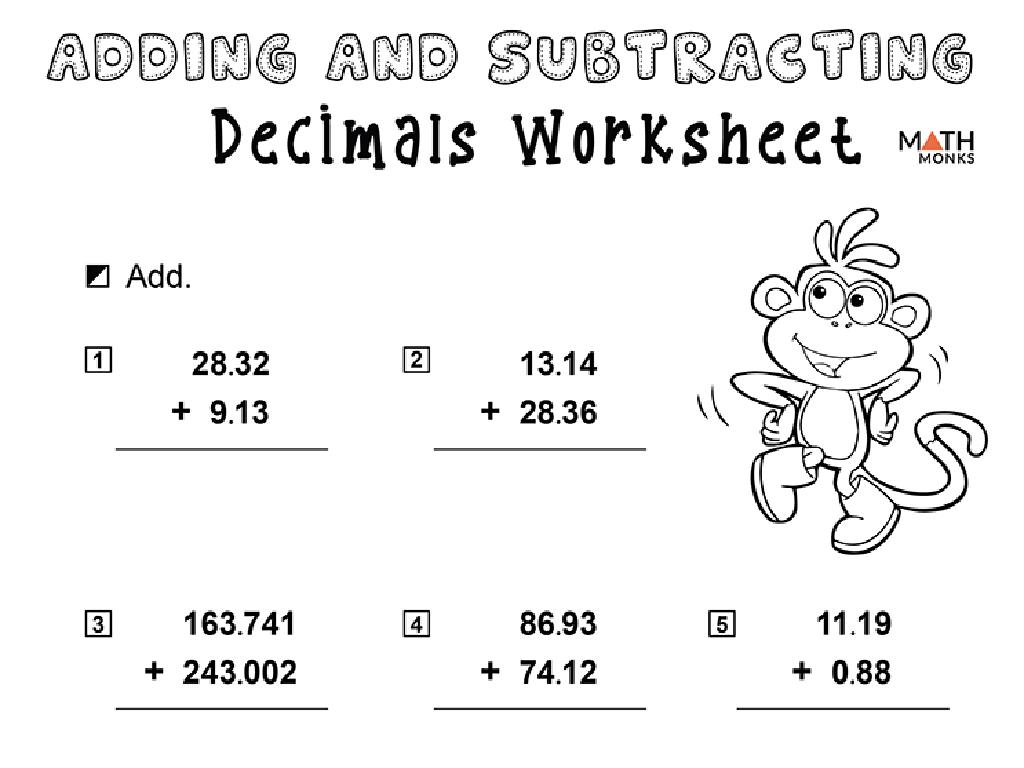Is The Sentence In The Past, Present, Or Future Tense?
Subject: Language arts
Grade: Fourth grade
Topic: Identify The Irregular Past Tense
Please LOG IN to download the presentation. Access is available to registered users only.
View More Content
Welcome to Tenses: Understanding Time in Sentences
– What are tenses in sentences?
– Tenses show when an action happens
– Exploring Past, Present, Future
– Past: happened before, Present: happening now, Future: will happen
– Irregular past tense verbs
– Verbs that don’t follow regular rules, e.g., ‘go’ becomes ‘went’
– Practice identifying tenses
– We’ll find tenses in sentences together
|
This slide introduces the concept of tenses to the students, explaining that tenses indicate the time of an action or event within a sentence. It’s crucial to highlight the differences between past, present, and future tenses with examples. For past tense, focus on irregular verbs that do not end in ‘-ed’. Provide examples of irregular past tense verbs and contrast them with their present tense forms. Encourage students to practice by identifying the tenses in example sentences. Prepare to engage the class with activities where they can apply their knowledge by finding and classifying sentences based on their tenses.
Understanding Tenses in Sentences
– What is a tense?
– Tense indicates the time of an action
– Three main tenses
– Past, Present, Future are the main tenses
– Past tense examples
– ‘Ate’ for past, ‘Eat’ for present, ‘Will eat’ for future
– Present and future tense
– ‘Runs’ for present, ‘Will run’ for future
|
This slide introduces the concept of tense to the students, explaining that tense helps us understand when an action takes place. Highlight the three main tenses: past, present, and future. Provide examples for each tense, using simple and relatable verbs. For past tense, focus on irregular verbs and their unique forms, as this can be a challenging concept for fourth graders. Encourage students to think of actions they did yesterday (past), actions they do every day (present), and actions they will do tomorrow (future) to help them relate to the concept of tense.
Understanding Present Tense
– Present tense: current actions
– Example: ‘I eat an apple.’
– Describes an action happening now
– Activity: Find present tense sentences
– Look in your book for sentences that describe actions happening right now
– Share your sentences with the class!
– We’ll discuss the sentences you find as a group
|
This slide introduces the concept of present tense to the students, emphasizing that it describes actions that are currently happening. Use the example ‘I eat an apple.’ to illustrate a simple present tense sentence. For the activity, instruct students to find sentences in their books or from a text you provide that are in the present tense. This will help them identify and understand the use of present tense in context. After the activity, have a discussion where students share the sentences they found and explain why they are in the present tense. This interactive approach will reinforce their learning and understanding of tenses in a practical way.
Understanding Past Tense
– Past tense: action already happened
– It tells us the action is finished, like ‘I jumped.’
– Regular vs. Irregular verbs
– Regular verbs end in ‘ed’, irregulars don’t follow a pattern.
– Example: ‘I ate an apple.’
– ‘Ate’ is irregular. It doesn’t follow the ‘ed’ pattern like ‘jumped’.
|
This slide introduces the concept of past tense, focusing on actions that have been completed in the past. Emphasize the difference between regular past tense verbs that typically end in ‘ed’ and irregular past tense verbs that do not follow this pattern. Use the example ‘I ate an apple’ to illustrate an irregular verb. Encourage students to think of other verbs and determine if they are regular or irregular in the past tense. Provide additional examples and ask students to convert present tense verbs to past tense as a class activity.
Understanding Future Tense
– Future tense describes what will happen
– Example: ‘I will eat an apple.’
– ‘Will’ indicates an action that has not yet occurred
– Activity: Create your own future tense sentences!
– Think about what you plan to do tomorrow or next week
|
This slide introduces the concept of future tense to the students, explaining that it is used to describe actions that have not yet happened. The example provided uses the modal ‘will’ to indicate a future action. For the activity, encourage students to think about things they look forward to doing and have them construct sentences in the future tense. Possible activities could include writing about their next birthday, a holiday, or what they want to be when they grow up. This exercise will help them understand how to use the future tense in practical situations and also allow them to practice their creativity and planning skills.
Understanding Irregular Past Tense
– Verbs don’t always follow rules
– Some verbs change entirely in past
– ‘Go’ changes to ‘went’
– Example: Yesterday, I went to the park.
– ‘Buy’ changes to ‘bought’
– Example: Last week, I bought a new book.
|
This slide introduces the concept of irregular past tense verbs to the students. Unlike regular verbs that simply add ‘-ed’ to form the past tense, irregular verbs do not follow a set pattern and can change completely. It’s important to help students recognize and memorize these irregular forms as they are commonly used in everyday language. Provide examples like ‘go’ becoming ‘went’ and ‘buy’ becoming ‘bought’ to illustrate the concept. Encourage students to think of sentences using these verbs in the past tense and to share them with the class. This will help reinforce their understanding and ability to use irregular past tense verbs correctly.
Identifying Sentence Tenses
– Spotting different tenses
– Look for verbs! Past: ‘walked’, Present: ‘walk’, Future: ‘will walk’
– Clues for sentence tense
– Words like ‘yesterday’ or ‘tomorrow’ hint at the tense
– Practice with examples
– Let’s identify tenses in sentences together
|
This slide is aimed at helping fourth-grade students recognize the tense of a sentence by observing verbs and time indicators. Start by explaining that verbs change form depending on when an action takes place. Provide clear examples for past, present, and future tenses. Discuss clues like time-specific words (‘yesterday’ for past, ‘today’ for present, ‘tomorrow’ for future) that can help determine the tense. During practice, present sentences and ask students to identify the tense. Encourage them to explain their reasoning for their choices. This interactive approach will help solidify their understanding of tenses in a fun and engaging way.
Class Activity: Tense Hunt
– Read a story as a class
– Find sentences of different tenses
– Look for clues in the verbs to determine tense
– Label each sentence with its tense
– Use colored markers for past, present, and future
– Discuss our findings together
|
This interactive class activity is designed to help students recognize and understand the use of different tenses in writing. By reading a story together, students will practice identifying past, present, and future tenses in context. Provide guidance on how to spot verb forms that indicate tense. Encourage students to use different colored markers to label each sentence according to its tense, which will visually reinforce their learning. After the activity, lead a discussion where students share their findings and reflect on the importance of tense in understanding the sequence of events in a story. Prepare a list of sentences in advance that exemplify each tense for students who may need additional support during the activity.
Tense Mastery: Recap & Fun Review
– Recap: Past, Present, Future Tense
– Past tense: actions completed; Present tense: actions now; Future tense: actions that will happen.
– Importance of Tense in Language
– Knowing tense helps us communicate when actions happen.
– ‘Tense Time!’ Review Game
– A fun game to identify sentence tenses.
– Celebrate our Tense Knowledge!
|
This slide aims to consolidate the students’ understanding of verb tenses. Begin with a quick recap of the past, present, and future tenses, ensuring students can identify and use them correctly. Emphasize the importance of tense in clearly communicating when an action takes place. Introduce ‘Tense Time!’, a quick interactive game where students will identify the tense of given sentences. This engaging activity will help reinforce their learning. Celebrate the students’ progress in understanding and using different tenses effectively. For the game, prepare sentences in advance and consider using props or a digital tool to make the activity more dynamic.
Homework: Mastering Sentence Tenses
– Complete Tense Practice Worksheet
– Write 5 sentences with different tenses
– Think about actions: are they past, present, or future?
– Identify the tense of each sentence
– Is the action finished, happening now, or yet to happen?
– Share your sentences in class tomorrow
|
This homework assignment is designed to reinforce the lesson on identifying different tenses in sentences. The Tense Practice Worksheet will provide structured practice, while writing their own sentences will encourage students to apply what they’ve learned creatively. Remind students to consider the time an action takes place when determining the tense. Encourage them to use a variety of verbs, including irregular ones, to demonstrate their understanding of past, present, and future tenses. Tomorrow, we will have a sharing session where students will present their sentences and explain how they identified each tense, allowing for peer learning and teacher feedback.





